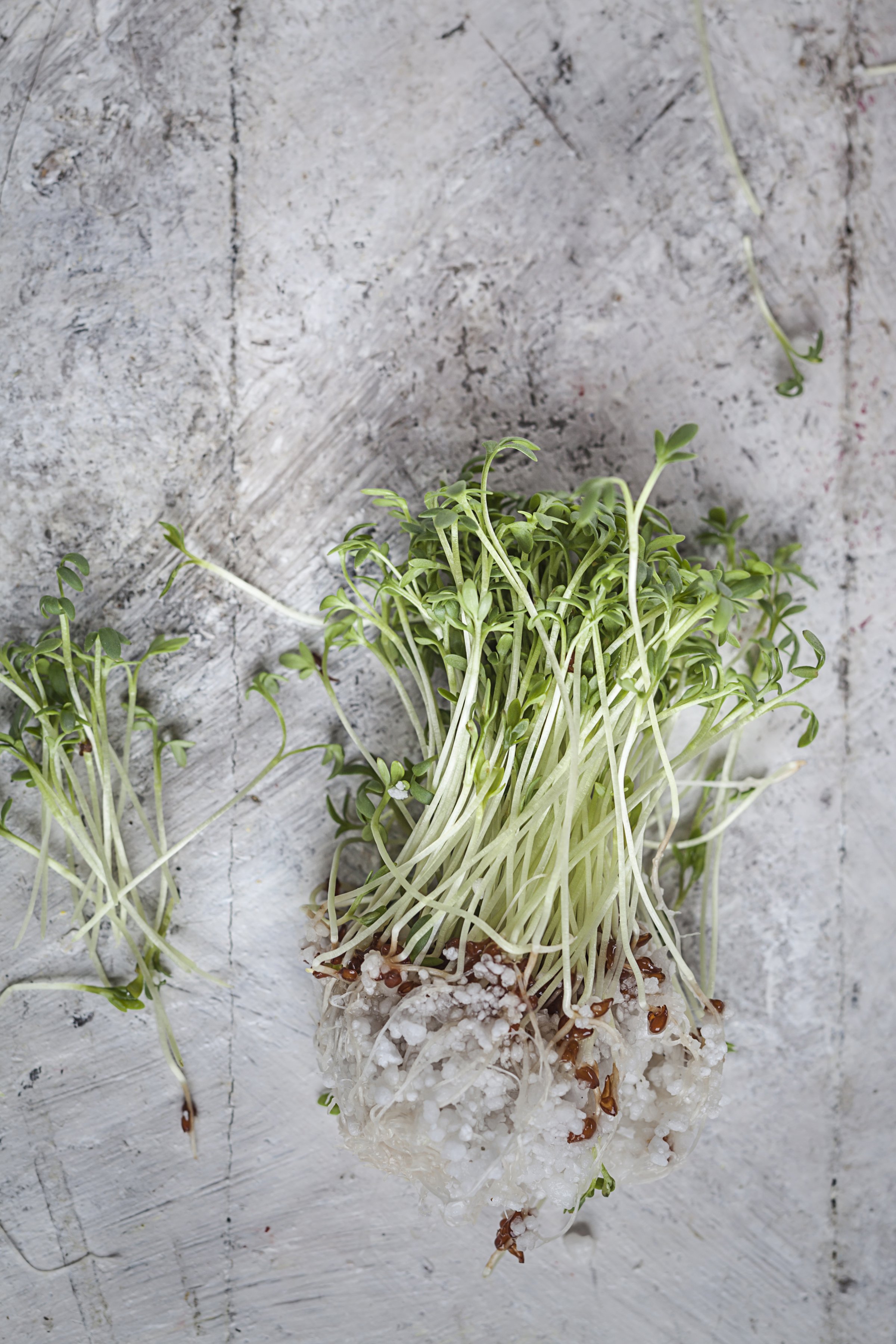
Don’t let anyone tell you that size doesn’t matter, especially when it comes to eating your greens.
You’re probably familiar with sprouts (like alfalfa sprouts) as well as baby greens (such as baby kale or baby spinach). In between those are microgreens: itty-bitty edible flowers, herbs, lettuces, and other small greens that make a beautiful garnish on salads, soups, pasta, or sandwiches.
Health.com: 13 Veggies You Only Think You Don’t Like
True to their name, microgreens are tiny—they’re usually about one to two weeks old when harvested and only a few inches tall. Some varieties may look a lot like sprouts, but they aren’t quite the same. Unlike sprouts, which are grown in water, microgreens grow in soil or on a special growing mat. You can also eat sprouts whole—the seed, root, and stem—whereas microgreens are snipped above the root.
But these sweet little greens aren’t just pretty—they’re also super-flavorful and loaded with nutrients. According to a 2012 study in the Journal of Agricultural and Food Chemistry, microgreens can contain anywhere from four to six times more nutrients than mature greens (including vitamins C, E, and beta-carotene). The study mentions red cabbage, cilantro, garnet amaranth, and green daikon as particularly nutritious varieties, but other popular ones to look for are basil microgreens, broccoli microgreens, kale microgreens, and sunflower microgreens.
Health.com: 31 Superfoods for a Long and Healthy Life
So, why not eat microgreens all the time? Unfortunately, they’re not cheap. For example, arugula costs around $4 per pound, but arugula microgreens can cost upwards of $32 per pound (yikes!). The good news is that you can skip the hefty price tag by growing your own at home (you can buy a starter pack of microgreen seeds on Amazon). It’s a fun, healthy way to get your hands dirty!
More Must-Reads From TIME
- The 100 Most Influential People of 2024
- Coco Gauff Is Playing for Herself Now
- Scenes From Pro-Palestinian Encampments Across U.S. Universities
- 6 Compliments That Land Every Time
- If You're Dating Right Now , You're Brave: Column
- The AI That Could Heal a Divided Internet
- Fallout Is a Brilliant Model for the Future of Video Game Adaptations
- Want Weekly Recs on What to Watch, Read, and More? Sign Up for Worth Your Time
Contact us at letters@time.com